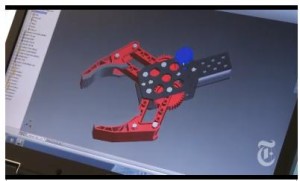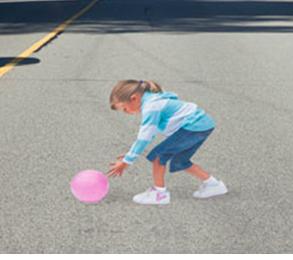 When in Maine, I thought it would be fun to go swimming in the ocean. I’d driven all that way, right? I knew it would be cold when I noticed that of the 200 or so people at the beach, only 5 were actually in the water, and only one of them was in past their knees. And he was Canadian.
When in Maine, I thought it would be fun to go swimming in the ocean. I’d driven all that way, right? I knew it would be cold when I noticed that of the 200 or so people at the beach, only 5 were actually in the water, and only one of them was in past their knees. And he was Canadian.
After I swam for a few minutes, lost much sensation in most of my body, and stumbled back to the beach feeling slightly burned all over, I asked around and discovered that the water temperature was around 55 degrees Fahrenheit. Which made me wonder, “How long could I have swim in such water before suffering severe consequences?”
Normal body temperature is around 98.6 degrees. Hypothermia sets in when one’s body temperature falls to 95 degrees, and apparently things seem to get very bad at around 92 degrees. Now, Newton’s Law of Cooling states that the rate of change of the temperature of an object is proportional to the difference between the temperature of that object (in this case, my body) and the ambient temperature (the 55-degree ocean). The difference in those two temps–about 34 degrees–seems [relatively] high, so I imagine that my body would cool pretty rapidly to the danger zone.
I was very excited to calculate how much time I theoretically had, but unfortunately I didn’t know how to determine the value of the constant in the Newton’s equation. Can anyone suggest an appropriate value of k? It probably depends on properties of salt-water and the human body. I asked the lifeguard, but he didn’t know.
 This is pretty awesome: an assemble-yourself perhipheral that allows you to draw on spherical/ellipsoidal/other objects: the egg-bot!
This is pretty awesome: an assemble-yourself perhipheral that allows you to draw on spherical/ellipsoidal/other objects: the egg-bot!

